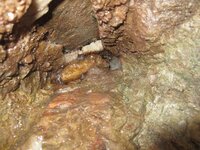I found this while looking for agates in a culvert in Central Minnesota. The backside appears translucent and is mostly smooth to the touch, where the front is not translucent and has a rough texture. There is a sharp needle like pattern that surrounds the middle portion almost like a sagenite agate. I am wondering is it possible for the center portion instead of being filled with quartz like most agates, can this be substituted for a different material? The reason I titled this possible fossil is because it almost looks like some type of worm has been pressed into the design. Any help would be greatly appreciated before I start trying to scratch it or damage it with a test.
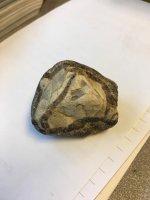
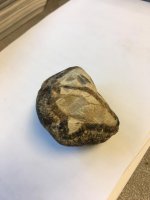
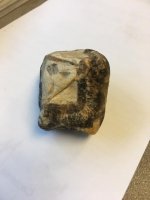
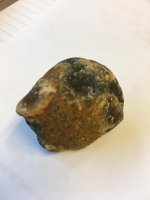
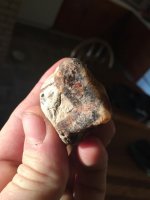
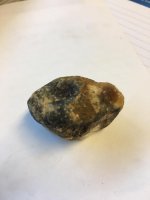
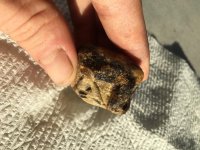
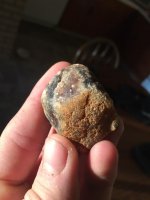
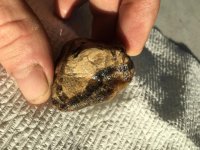
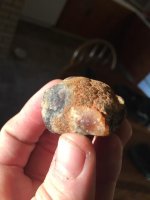










Amazon Forum Fav 👍
Attachments
Last edited:







